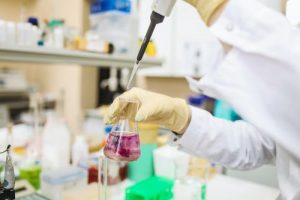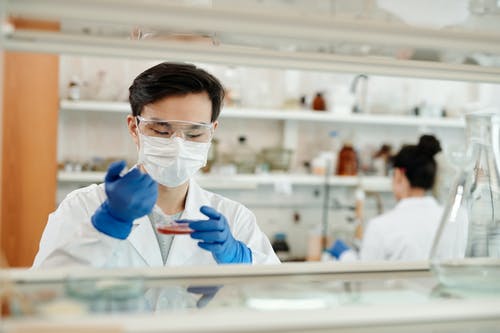Scientist find ‘mystery’ chemicals in the umbilical cords of pregnant women.
“Fifty-five chemicals never before reported in humans were found in pregnant women,” according to a study from the University of California in San Francisco (UCSF). The researchers believe these contaminants come either from industrial or consumer products that are commonly used by expecting mothers. Their findings were published online in Environmental Science and Technology.
First authors Aolin Wang, PhD, and Dimitri Panagopoulos Abrahamsson, PhD, postdoctoral fellows in UCSF’s obstetrics and gynecology department, and colleagues found “109 chemicals in the blood of pregnant women, including 42 ‘mystery chemicals’ whose sources and uses are not known.”
Tracey Woodruff, PhD, study author and professor, OB-GYN, reproductive sciences, University of California San Francisco, said the goal was to find better ways to detect these environmental contaminants. She added that although she was not surprised with the findings, it is still “disturbing” that this many were found, adding, “Unfortunately, [we were] not surprised by the total number of chemicals as we’ve suspected they’ve been there. We’ve just struggled to identify them. The number of mystery chemicals that we can’t identify sources or uses for is very disturbing.”

For their study, the team “observed 60 blood samples (30 from pregnant women and 30 from their umbilical cords), from which 662 chemical signatures were revealed when it hit positive ions and 778 negative ions.” Similar samples were combined and after sorting through them, “109 unique findings were identified.” The chemicals were also found in their offspring, tests from umbilical cord blood revealed. This means, the chemicals passed through the placenta.
Among the findings, “40 are used as plasticizers, 28 are used in cosmetics, another 25 are used in consumer products, 29 as pharmaceuticals, 23 as pesticides, three as flame retardants, and seven are PFAS [per- and polyfluoroalkyl substances] compounds used in multiple applications including carpeting and upholstery, the authors report,” the authors reported.
“It’s very concerning that we are unable to identify the uses or sources of so many of these chemicals,” Woodruff, a former U.S. Environmental Protection Agency (EPA), scientist said. “EPA must do a better job of requiring the chemical industry to standardize its reporting of chemical compounds and uses. And they need to use their authority to ensure that we have adequate information to evaluate potential health harms and remove chemicals from the market that pose a risk. We know it’s a chemical registered to be manufactured and it’s used in commerce, but we don’t know where.” Thus, she added, “Exposures are occurring without our consent.”
Another recent study examining women’s breast milk contaminants detected the PFAS in all 50 samples tested. The findings “are cause for concern” and highlight a potential threat to newborns’ health, the study’s authors said.
“The study shows that PFAS contamination of breast milk is likely universal in the U.S., and that these harmful chemicals are contaminating what should be nature’s perfect food,” explained Erika Schreder, a co-author and science director with Toxic Free Future.
Sources:
55 New Chemicals Found in Pregnant Women, Their Newborns
Researchers Find Previously Undetected Chemicals in Pregnant Women, Newborns
Scientists Find 42 Unknown ‘Mystery Chemicals’ in Bodies of Pregnant Women in New Study


Join the conversation!